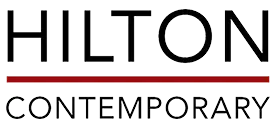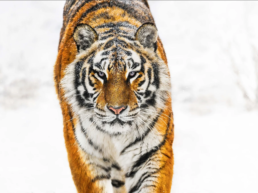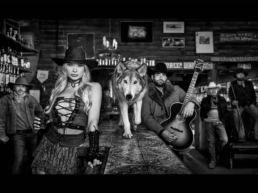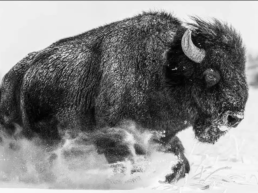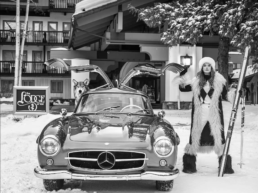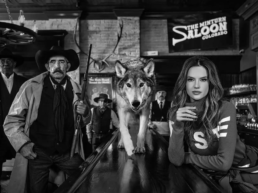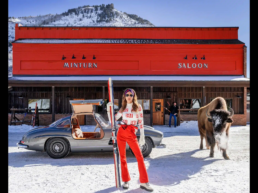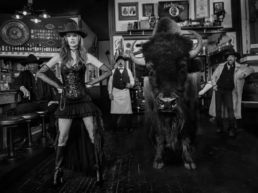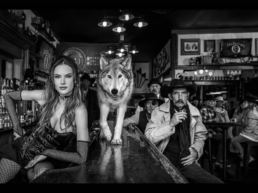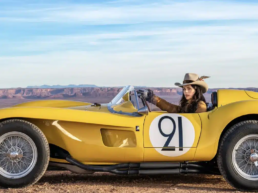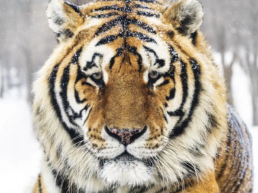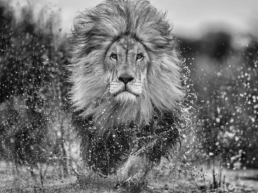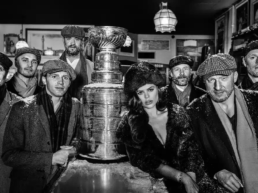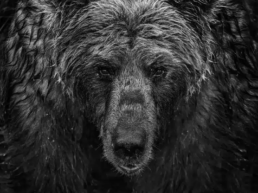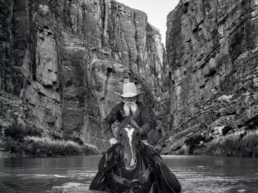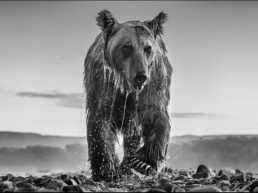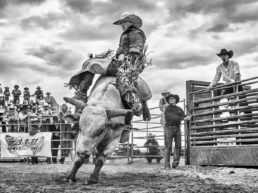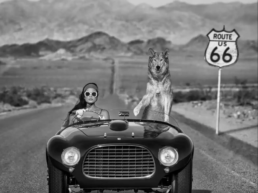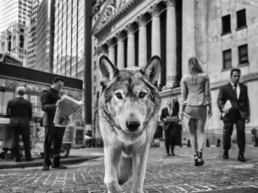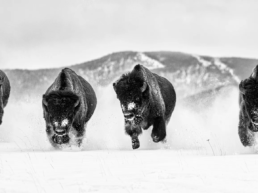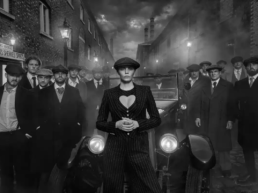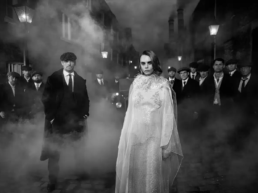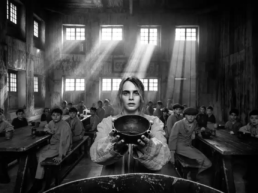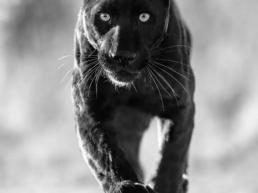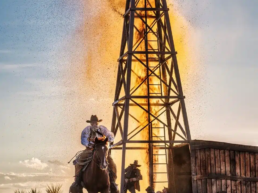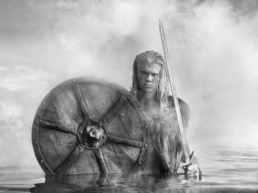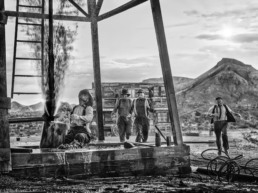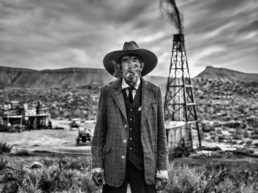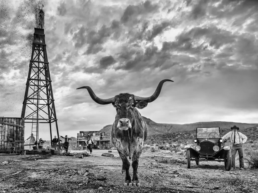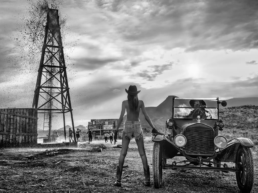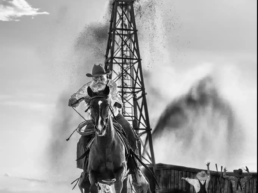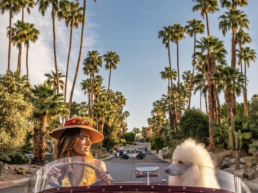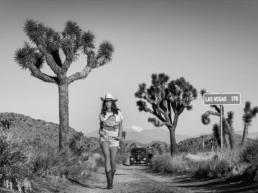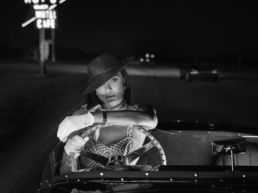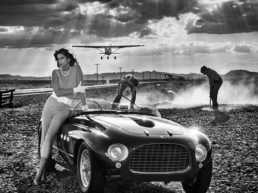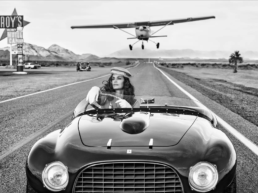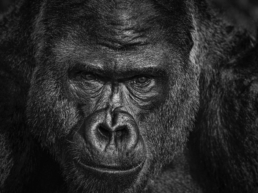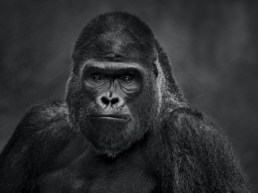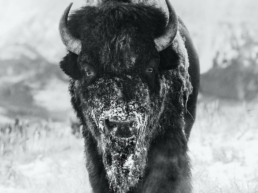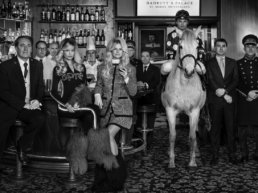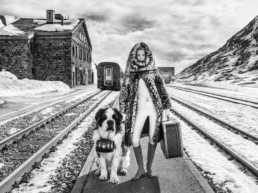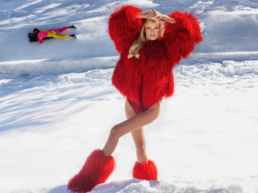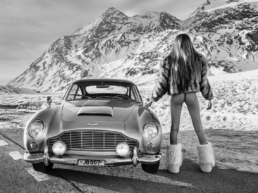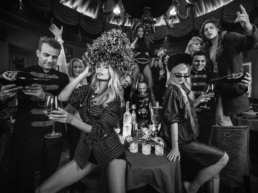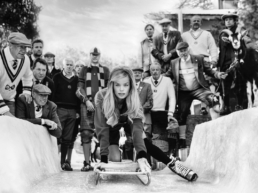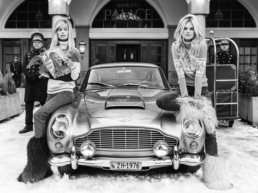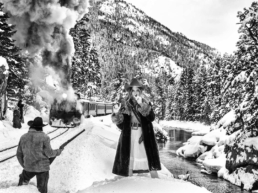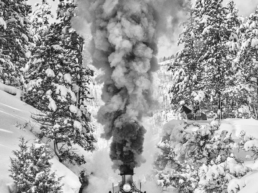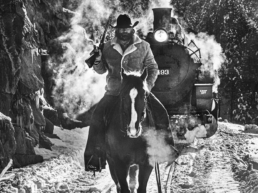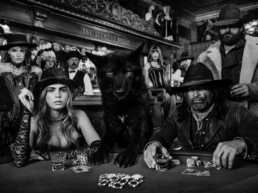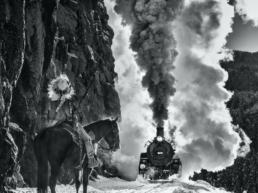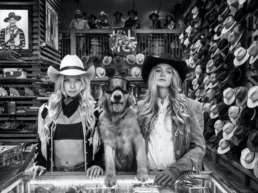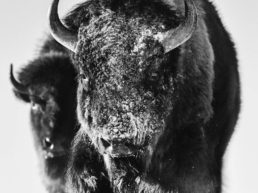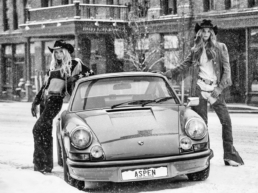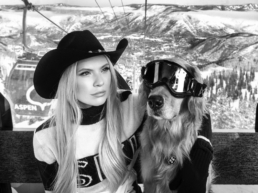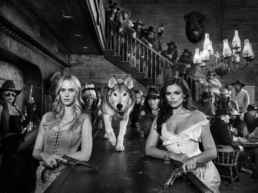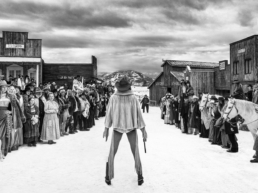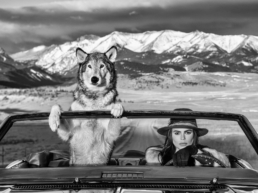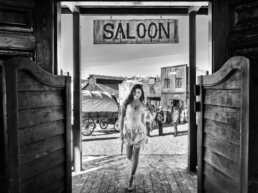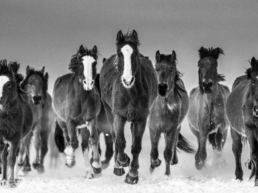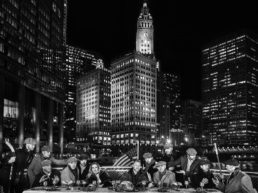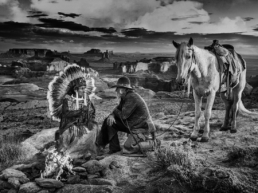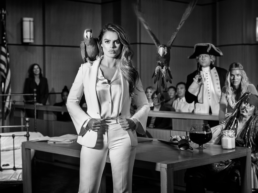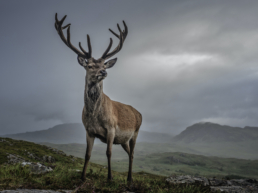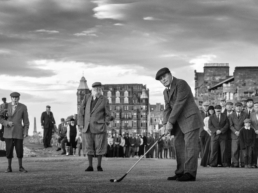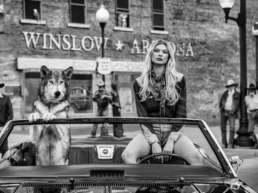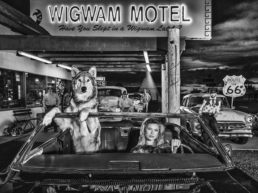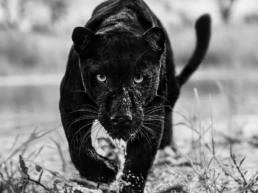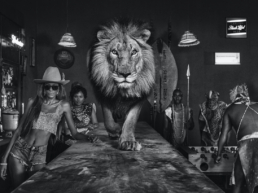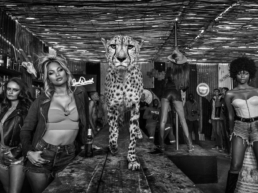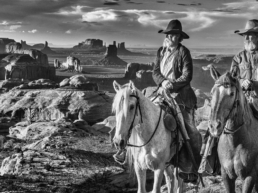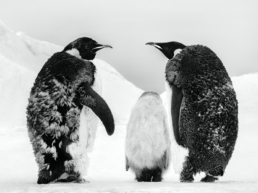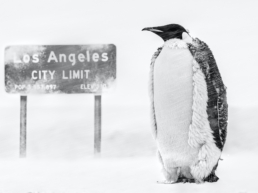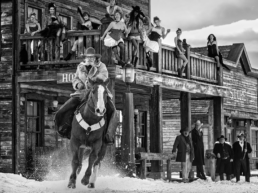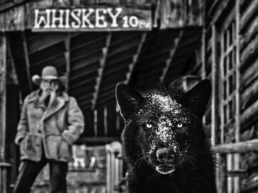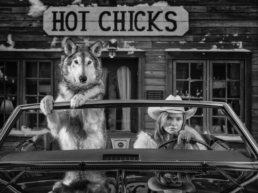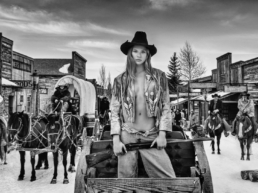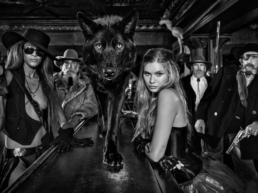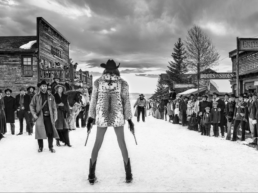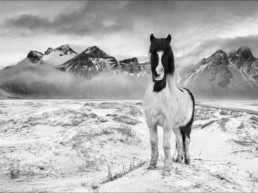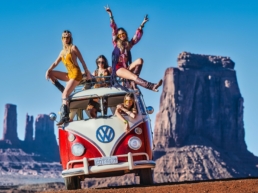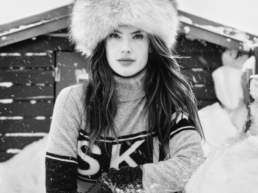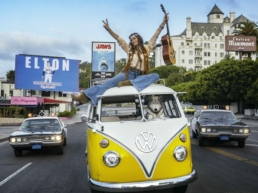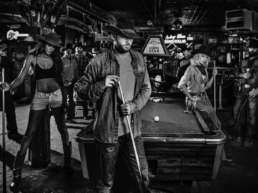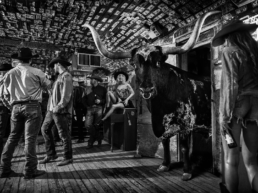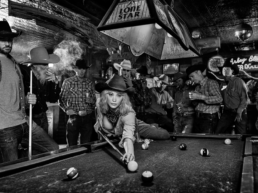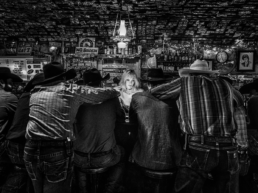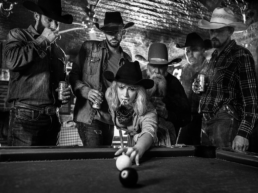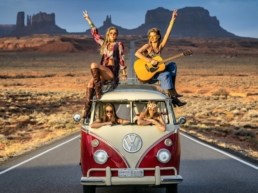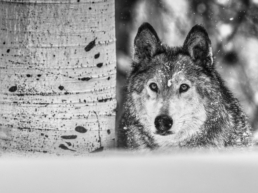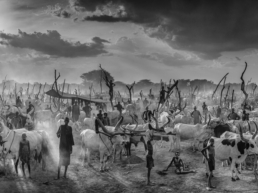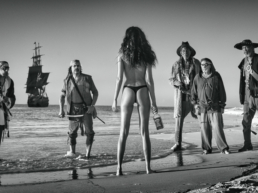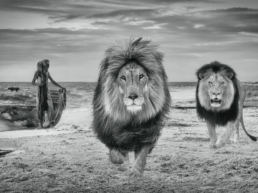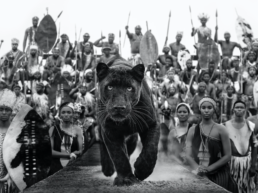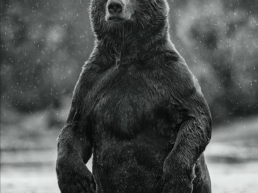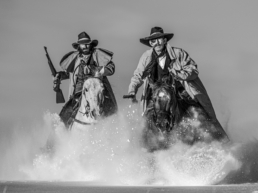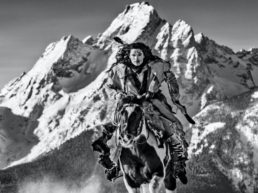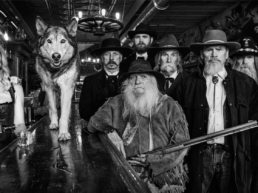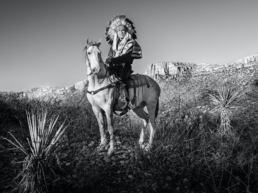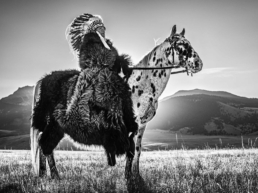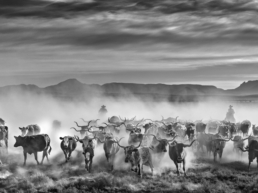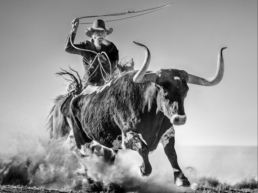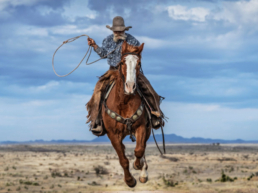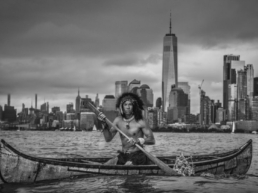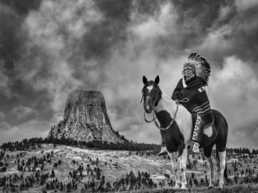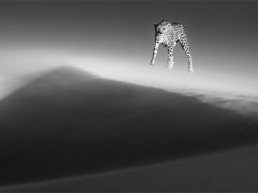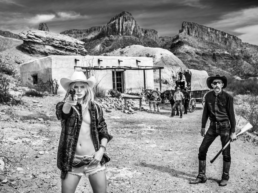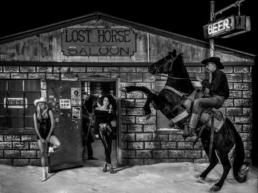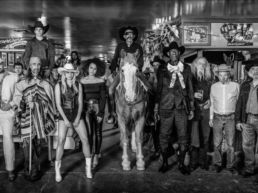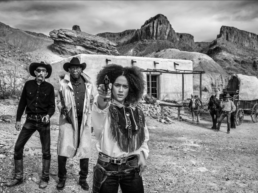South Sudan, 2022
In retrospect, my photograph Mankind, taken in South Sudan in 2014, was a stepping stone in my career. It was authentic, it had a biblical scale to it and could be looked at for a long time. Haunting and hellish one minute and serene and ethereal the next. Mankind elicited an emotional reaction despite how foreign the subject matter was.
The editions of the picture sold out quickly and the hammer price at Sotheby’s of $78,000 was then a record for my work. Since 2014, awareness of my art has grown materially, and I am sure this powerful image has played a role.
It was taken at a dangerous time in South Sudan’s short history and recently, during 2019 and 2020, the violence got worse. It simply was not safe for foreigners as many areas were loosely governed and guns were round every corner. It was sketchy at best and downright toxic at worst.
But since 2021, some calm has returned and tribal skirmishes in the cattle camps are now less common. I thought it was time to return. After all, I’d had eight years to think about what I could do differently. Cameras have certainly improved, and I have a further eight years of experience under my belt. I also had maintained contacts in South Sudan, in particular with those in charge of the large cattle camps to the south of Rumbek. This is no place to go without inside help, security protection and best in class field logistics. There must be a plan and there must be attention to detail.
But I knew it would be a mistake to go back and try to copy what I did eight years ago; it would hint at a lack of creative progression and courage. I needed to do better and offer a new story, to go backwards would be damaging at many levels. I had been preoccupied by that fear for some time and I knew that I had to be bold.
The Lakes areas of South Sudan are just about on a map, but way off the grid for most. It is the most basic of existences and the only material source of employment is the cattle camps. In 2014, I filmed near the town of Yirol in a camp on a Nile tributary, but this time I wanted to travel further into the interior and find an even bigger camp on the way to Rumbek. My premise was to play on scale and my leaning was always to go bigger not smaller. I am always greedy in the field. The Dinka tribe are the world’s tallest people, their cattle camps are the biggest of their kind and the cattle horns are Jurassic. This is a place to play on the word “big”.
My picture, Mankind, had novelty factor because it delivered such an emphatic sense of scale and place. Whilst I was nervous of treading old ground, familiarity is a friend not a foe, that’s why we often use the same talent in our storytelling. I needed to go one step further than I had in 2014, without losing any small individual stories within the image. My sense was that there needed to be even more of a visual overload in the frame and I found it difficult in my preconceptions to escape from the word “panoramic”. The local chiefs and the head of police knew where to take me and my security detail knew how to keep me safe. I would go into largely unchartered land where the Dinka had established a camp of over 10,000 cattle.
I have often thought that a photographer in the last eight years would go and try and take their own version of Mankind, but I haven’t seen any. Every week I see monochrome photographs of the big elephants of Kenya, many embracing a ground up approach and then the prints are framed in black wood with a white mount, edition number on left, signature on right. All come with a nice little narrative. Some of this work is excellent, but I think the market may be a little saturated. I am reminded of Warren Buffett’s wonderful prompt, “if you see a bandwagon, you have missed it”.
But no work is coming from South Sudan and I think I know why. The simple question is where on earth does a first-time visitor start on the logistics? With East African wildlife, all a photographer needs are a jeep, a guide and some nice camera gear and away they go. Sundowners in their $400 a night camp at 6.30pm and then 1000 photos to download. I am not sure Anthony Bourdain would have approved.
South Sudan is a very different gig and the discomfort of staying in a room costing $5 a night and eating a meal for $1 whilst security costs $2000 a day, is compensated by the comfort of knowing that there is a chance of authenticity. For an artist that is pure gold. I question whether anything is truly novel these days; all creation is influenced by what we have seen elsewhere, but this terrain is not well trodden.
I was excited to arrive in South Sudan and even more excited to leave when the job was done. In Kenya, my emotions are much more compressed because it is so mainstream and that is something with which I am increasingly uncomfortable. In my journey, I need to push on and accept challenges and this last week was certainly one.
There is about a 40-minute window for this kind of image; basically, the time between the cows returning to camp in late afternoon and half an hour before sunset. The hope, of course, is that there is direct sunlight. On a dull day with full cloud cover, the light can’t bounce off the smoke quite like it does here.
There was some maths involved in determining the best height for the ladder that travelled 500 miles with us; too low and there would not be enough depth and too high and we would lose immersion. I know not to fear long thin images, after all, The Bills is our most popular photograph of the last two years.
And so, to the name, The New Testament. It struck me that evening in the cradle of Mankind that the sensory overload in front of me was a metaphor. As our world spins ever faster, with kids addicted to celebrity culture and social media, students cancelling history and adults divided on so many issues, the world of the Dinka cattle camps has never really spun. There is continuity, simplicity and happiness. The scene I saw has been replicated for 2000 years. Most of us don’t know what world will exist for our children, but the Dinka do.
AVAILABLE SIZES: Available in Black & White and Monochrome
LARGE: Edition of 12 + 3 AP
- Image Size: 38” x 103” in (96.52 cm x 261.62 cm)
- Framed Image: 53” x 118” in (134.62 cm x 299.72)
STANDARD: Edition of 12 + 3 AP
- Image Size: 26” x 69” in (66.04 cm x 175.26 cm)
- Framed Image: 41” x 84” in (104.14 cm x 213.36 cm)
We ship worldwide and use a multitude of providers to safely deliver your masterpiece. Domestic delivery and installation may also be available via Hilton Asmus Contemporary’s private art shuttle. Please inquire.
